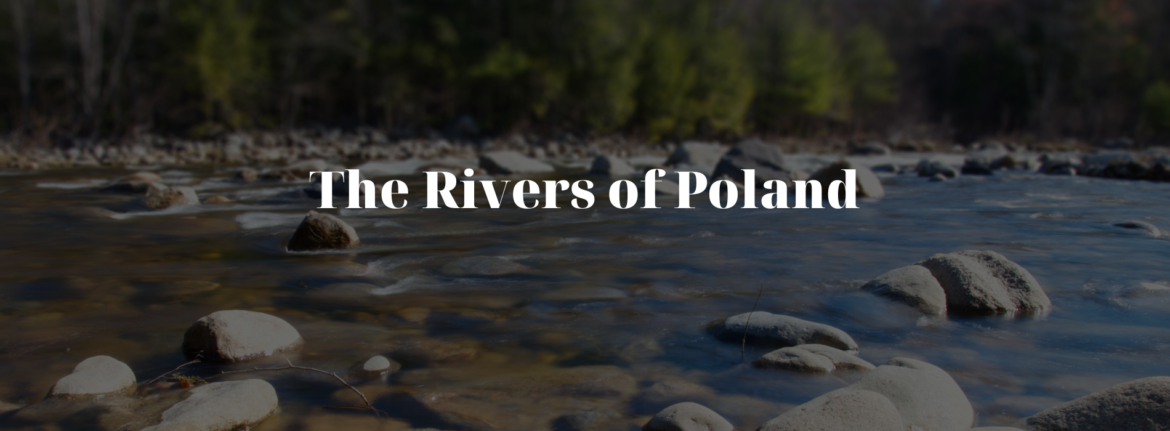Poland’s river systems are integral to its geography, ecology, and culture. Among these, the Vistula (Wisła), Oder (Odra), Warta, and Bug stand out due to their historical significance, environmental importance, and role in shaping Polish life. Each river has its unique characteristics and stories that contribute to the diverse tapestry of Poland’s natural landscapes.
Wisła (Vistula) – The Queen of Polish Rivers
The Vistula River is the longest river in Poland, stretching about 1,047 kilometers from the Beskidy Mountains to the Baltic Sea. As a crucial component of Poland’s waterways, it passes through major cities, including Kraków, Warsaw, and Gdańsk. The Vistula has been a witness to many pivotal historical events and is often celebrated in Polish folklore and literature. It serves as the backbone of Poland’s ecological system, supporting a vast array of species. The river’s lower basin is particularly noted for its unique natural environments, which include protected wetlands that are of international importance under the Ramsar Convention.
Odra (Oder) – Gateway to the Baltic
The Oder River flows 854 kilometers from the Czech Republic through Poland to the Baltic Sea. The river is particularly significant for its role in international commerce and navigation, serving as a vital link between Poland, Germany, and the Czech Republic. The Oder’s extensive network of canals and tributaries supports a complex ecosystem that hosts diverse wildlife, including beavers and numerous waterfowl. The river valley is also home to several nature reserves and parks, such as the Lower Oder Valley National Park, which preserves one of the last natural river landscapes in Central Europe.
Warta – Poland’s Vital Heartland River
The Warta River is the third-longest river in Poland, flowing 795 kilometers from Silesia to its confluence with the Oder near Kostrzyn. The Warta plays a crucial role in the agricultural landscape of western Poland, irrigating the fertile lands of the Polish Plain. It is celebrated for its scenic beauty, particularly in areas like the Warta Mouth National Park, which provides vital habitats for migratory birds. The river is popular among nature enthusiasts for bird watching, fishing, and boating, contributing significantly to local tourism and recreation.
Bug – The Eastern Border
The Bug River forms a natural boundary between Poland and its eastern neighbors, Belarus and Ukraine. It flows 772 kilometers, with the final stretch serving as part of the EU’s external border. The Bug is known for its relatively unspoiled ecosystems, which are less affected by industrial development compared to other Polish rivers. This has made the Bug a haven for wildlife, including the rare European pond turtle and various bird species. The river’s floodplains and marshes are important for biodiversity conservation and are a key area for ecological research in Poland.
